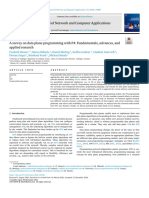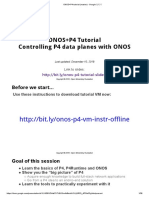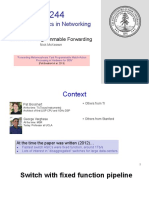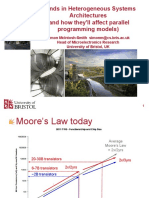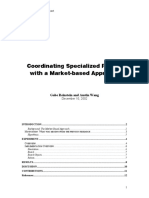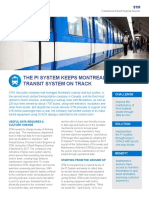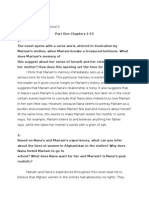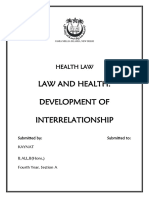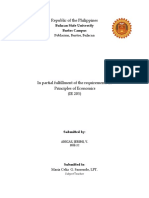0% found this document useful (0 votes)
105 views10 pagesDoca Pipeline Language Model
The document provides an overview of the DOCA Pipeline Language (DPL) for packet processing on NVIDIA's BlueField DPU, detailing its programming model based on the P4-16 language. It highlights key features of DPL, including programmable packet processing, a compiler for automatic generation of data plane programs, and a focus on customizable pipeline behavior. Additionally, it outlines prerequisites for using DPL and the workflow for developing and deploying applications using this language.
Uploaded by
el mehdi makCopyright
© © All Rights Reserved
We take content rights seriously. If you suspect this is your content, claim it here.
Available Formats
Download as PDF, TXT or read online on Scribd
0% found this document useful (0 votes)
105 views10 pagesDoca Pipeline Language Model
The document provides an overview of the DOCA Pipeline Language (DPL) for packet processing on NVIDIA's BlueField DPU, detailing its programming model based on the P4-16 language. It highlights key features of DPL, including programmable packet processing, a compiler for automatic generation of data plane programs, and a focus on customizable pipeline behavior. Additionally, it outlines prerequisites for using DPL and the workflow for developing and deploying applications using this language.
Uploaded by
el mehdi makCopyright
© © All Rights Reserved
We take content rights seriously. If you suspect this is your content, claim it here.
Available Formats
Download as PDF, TXT or read online on Scribd
/ 10









